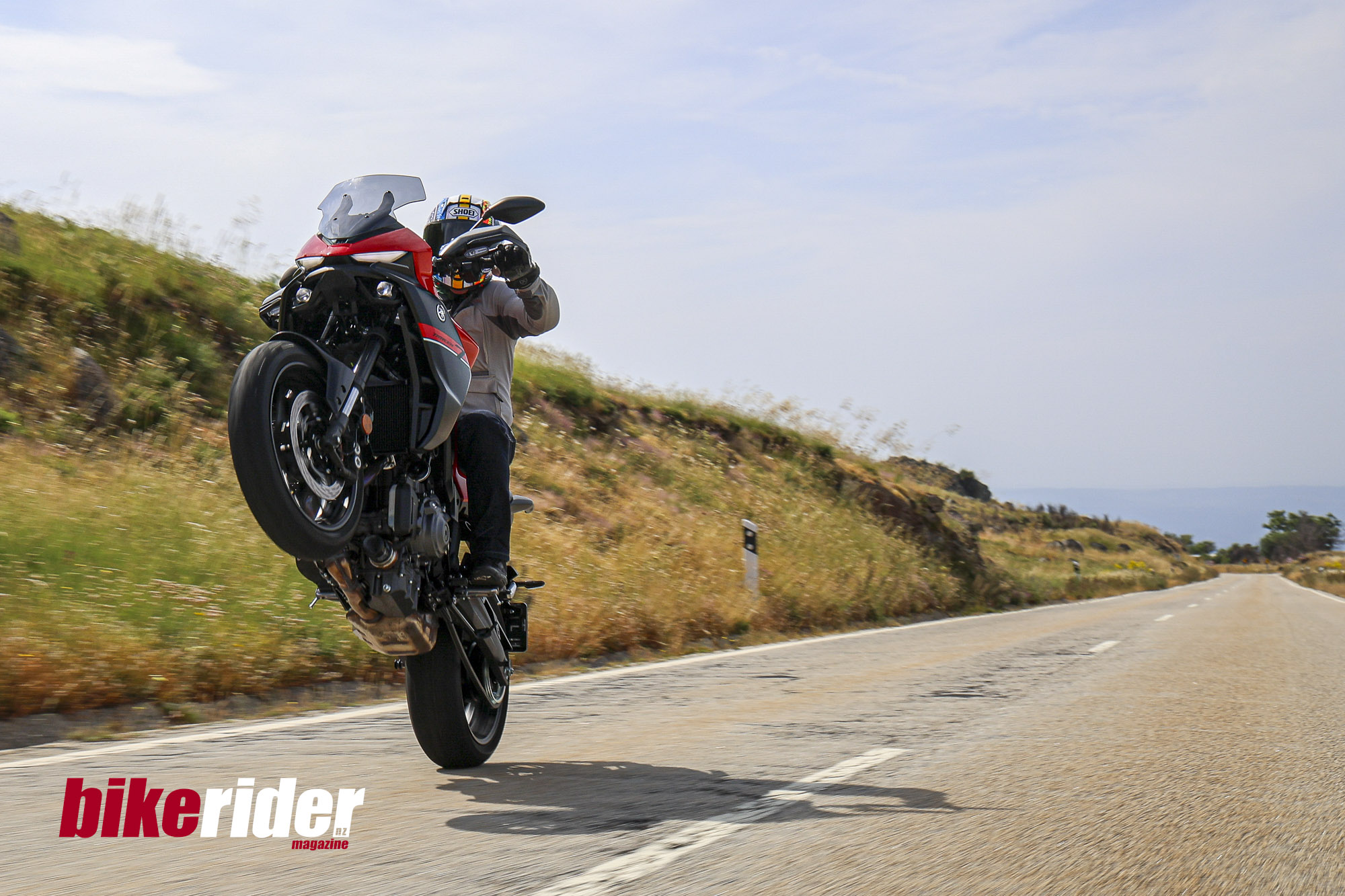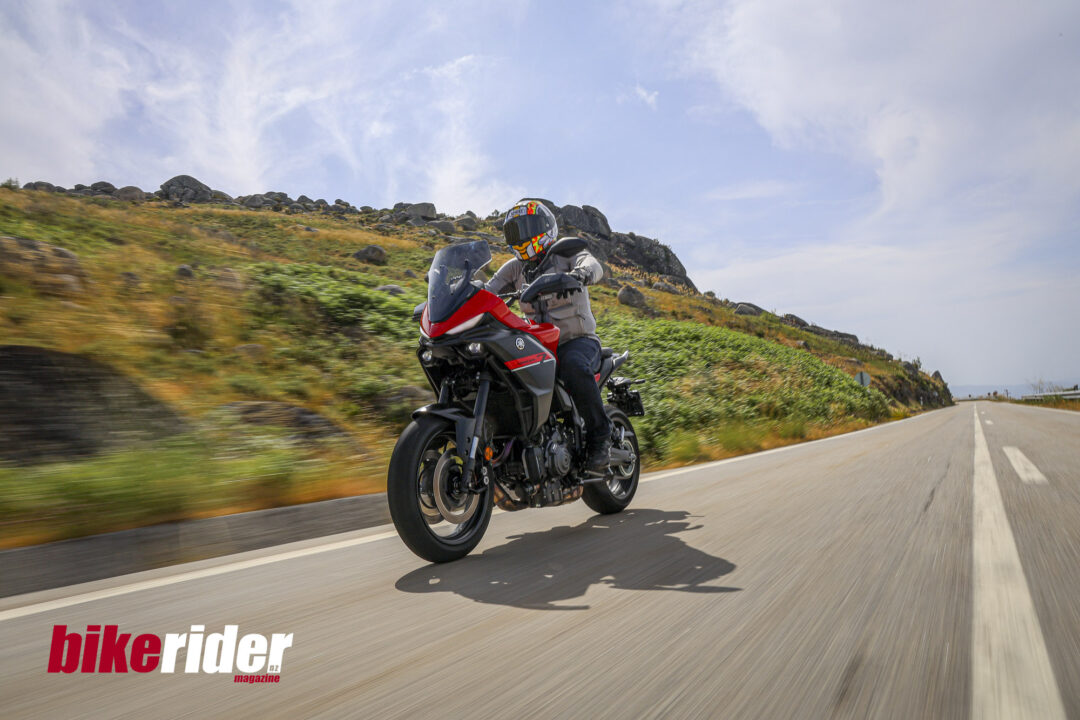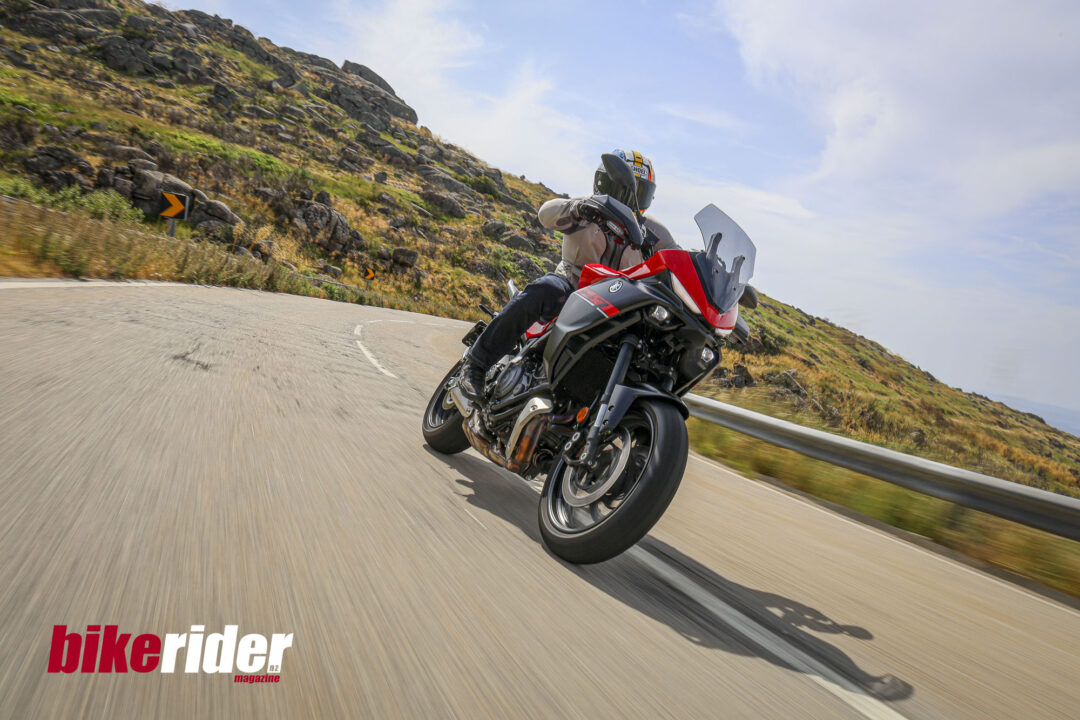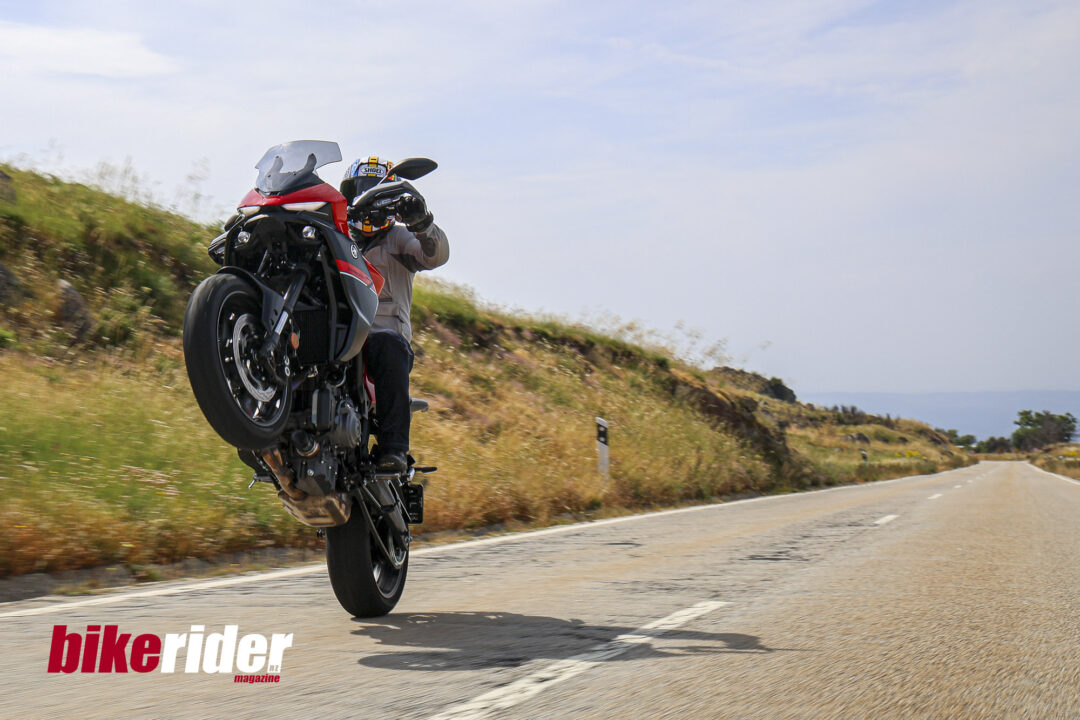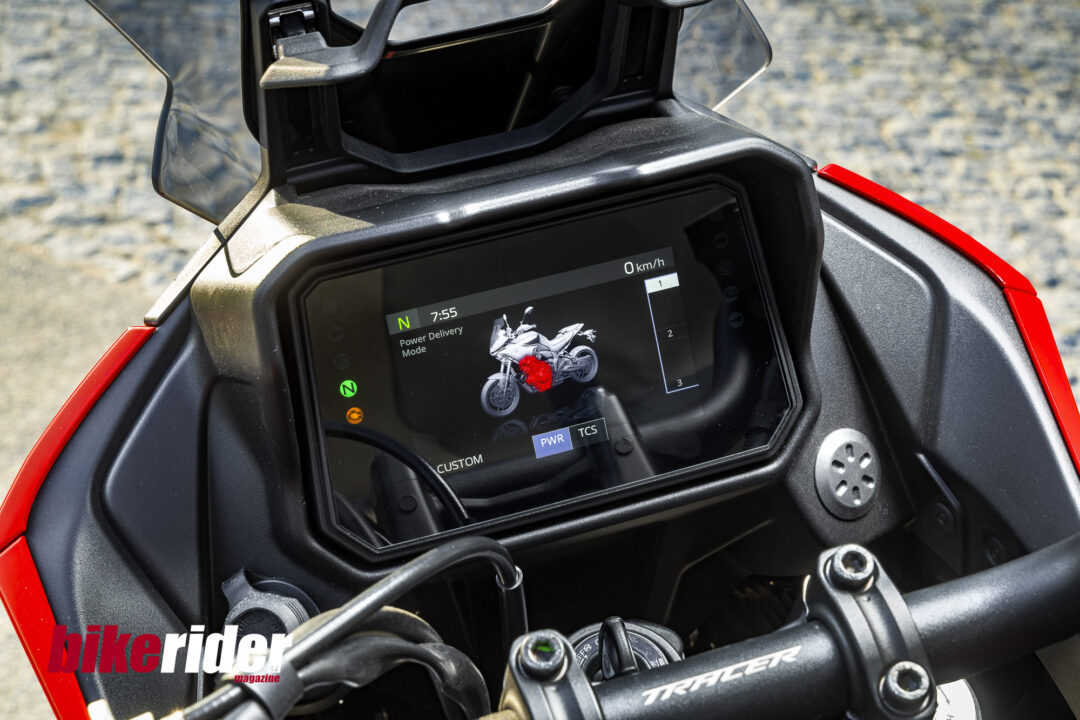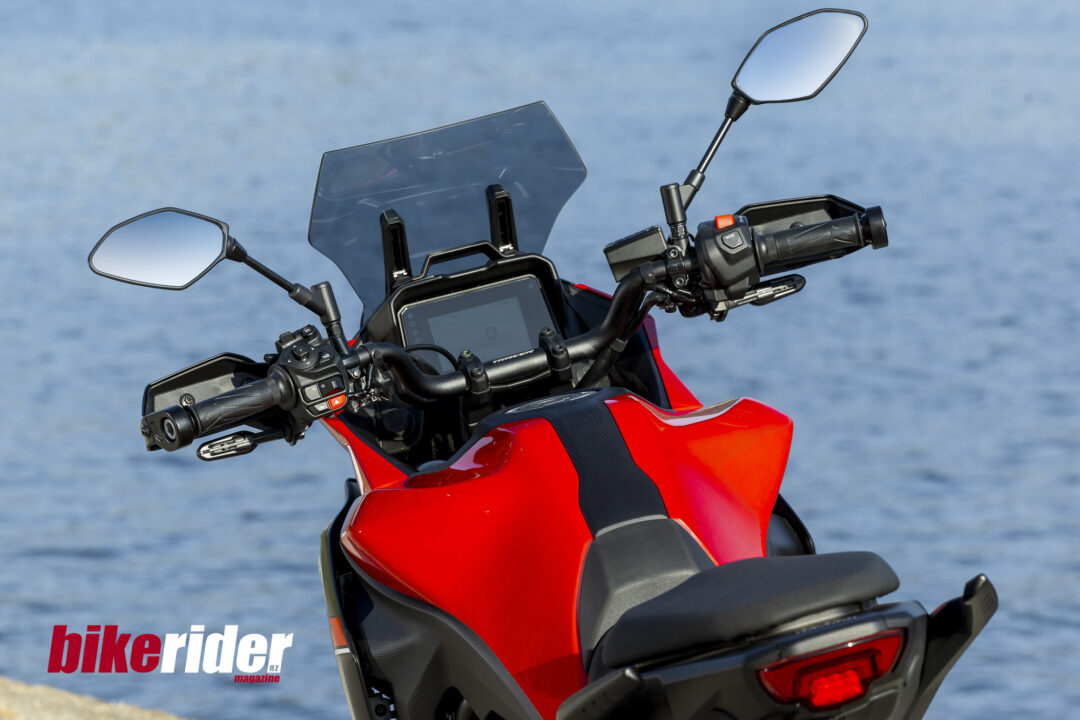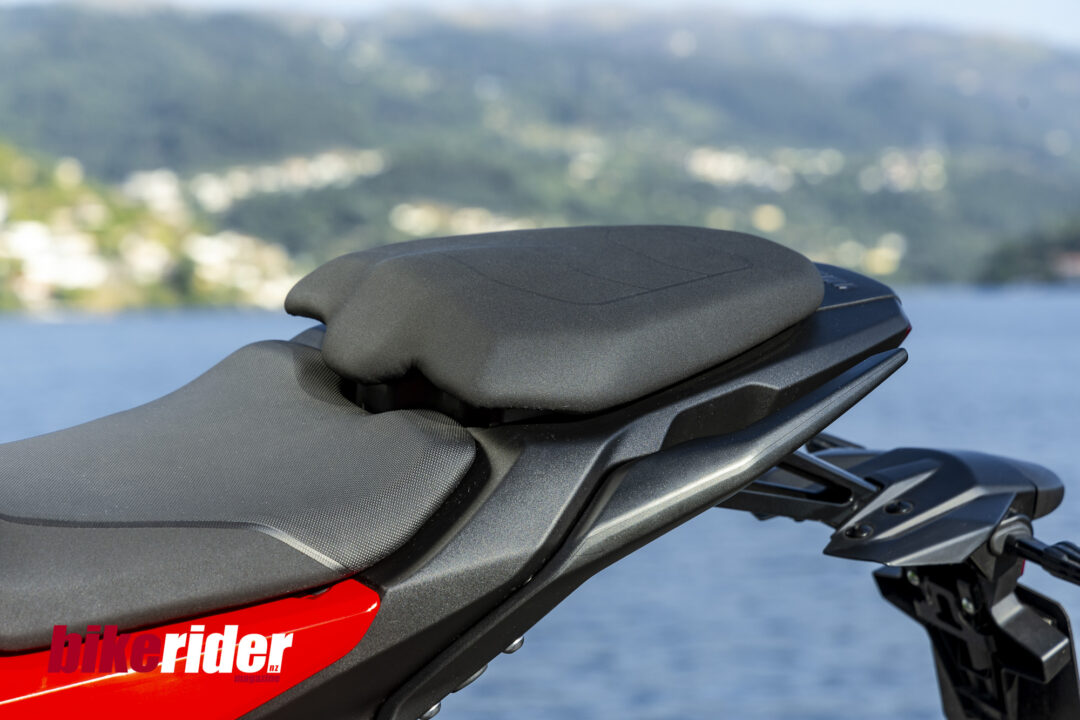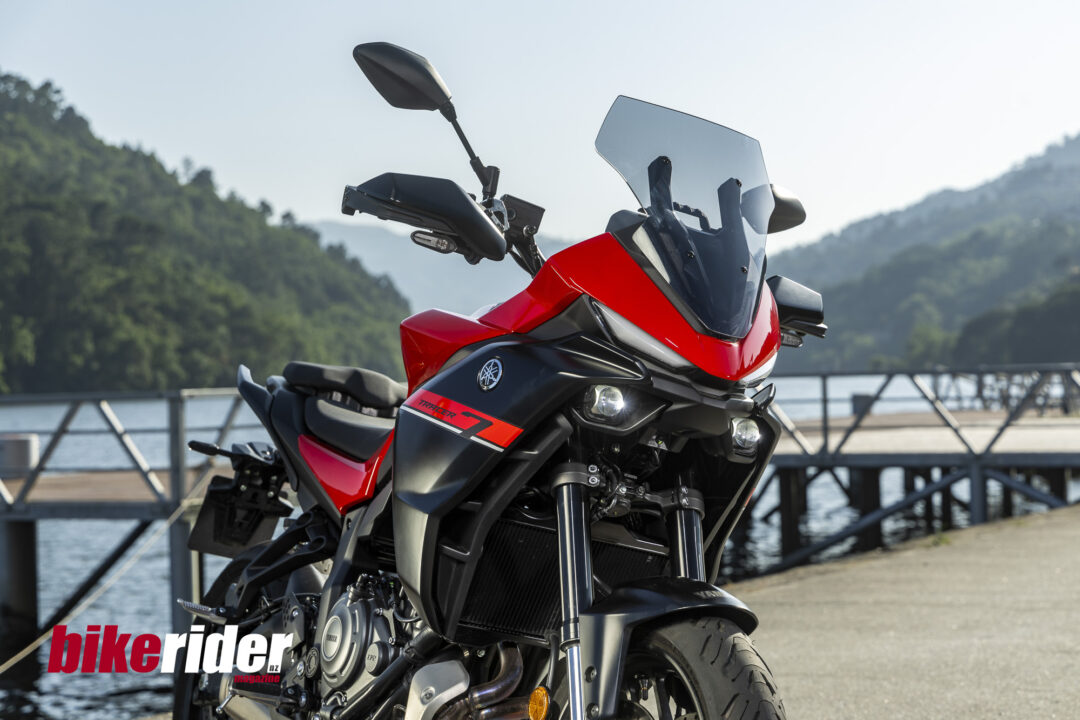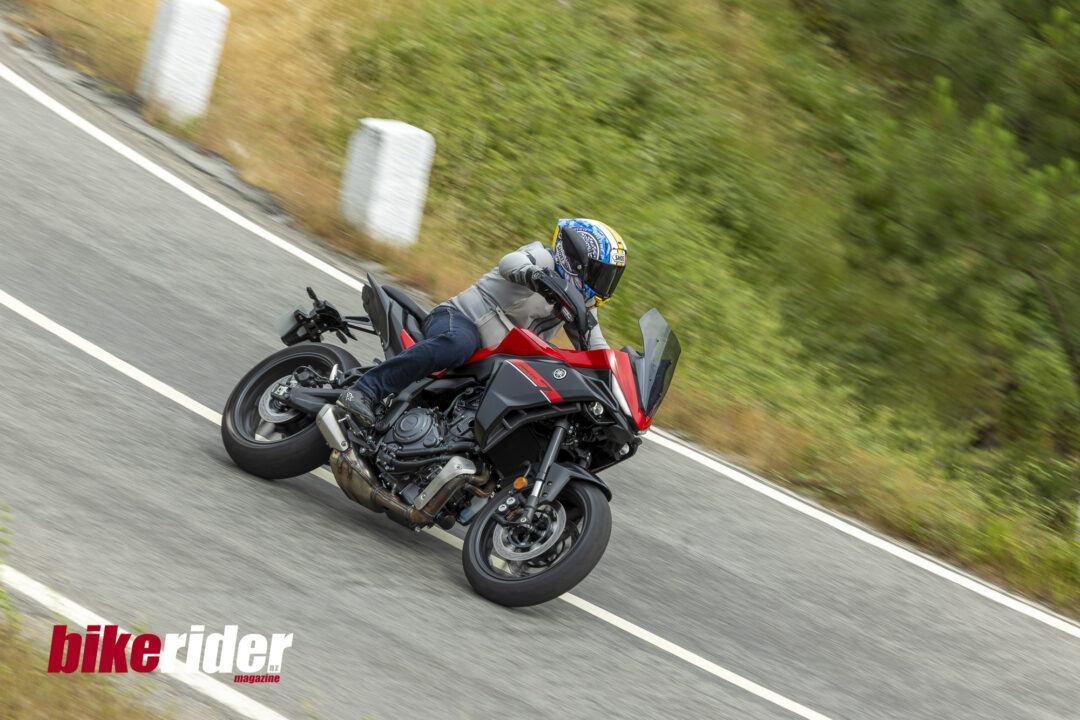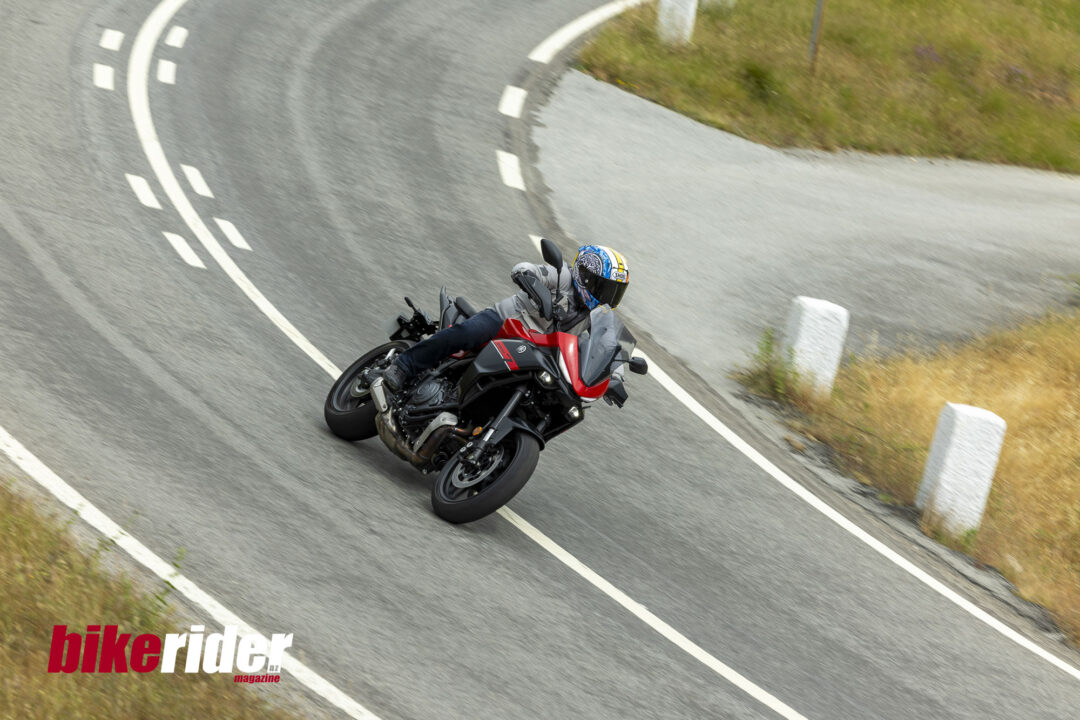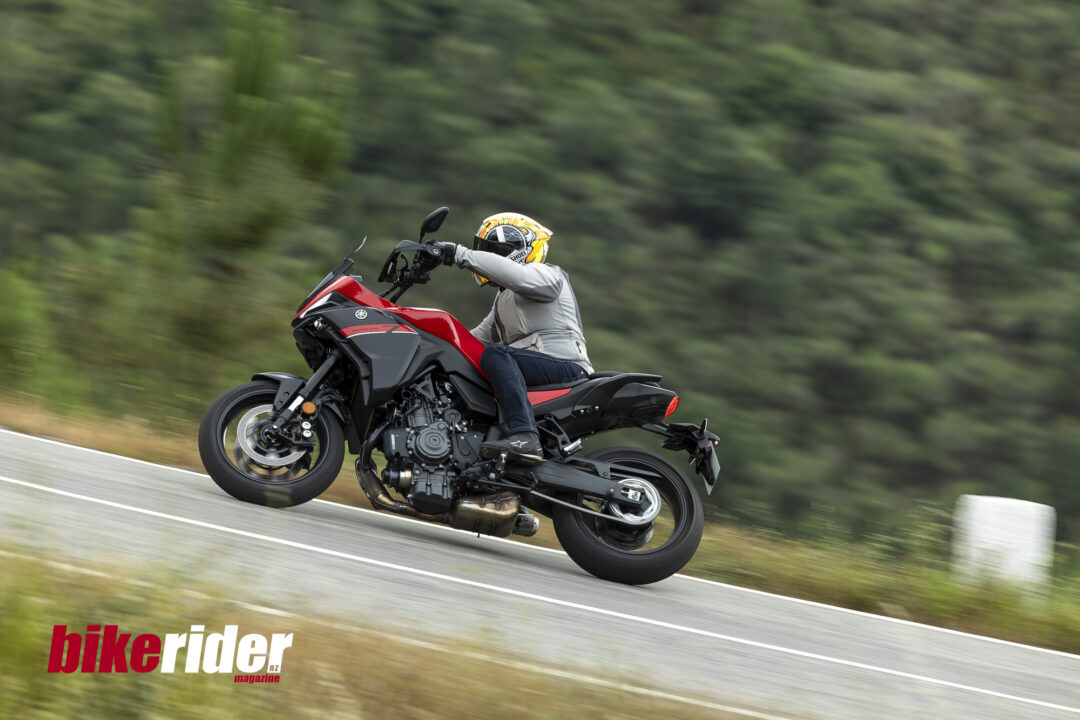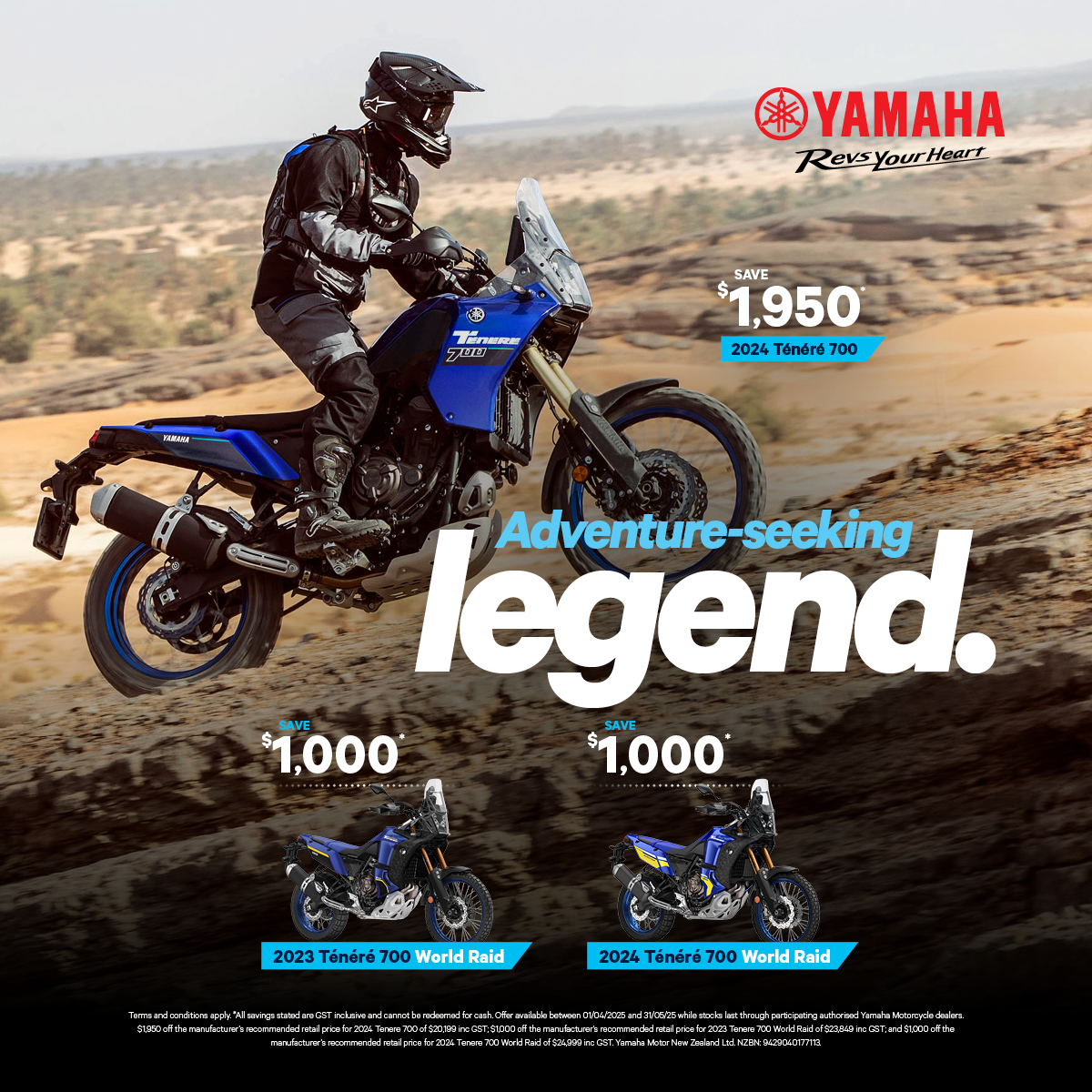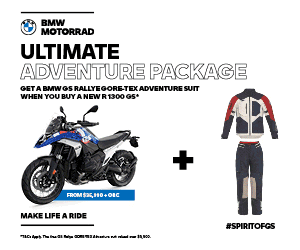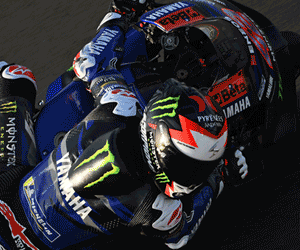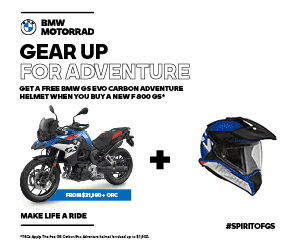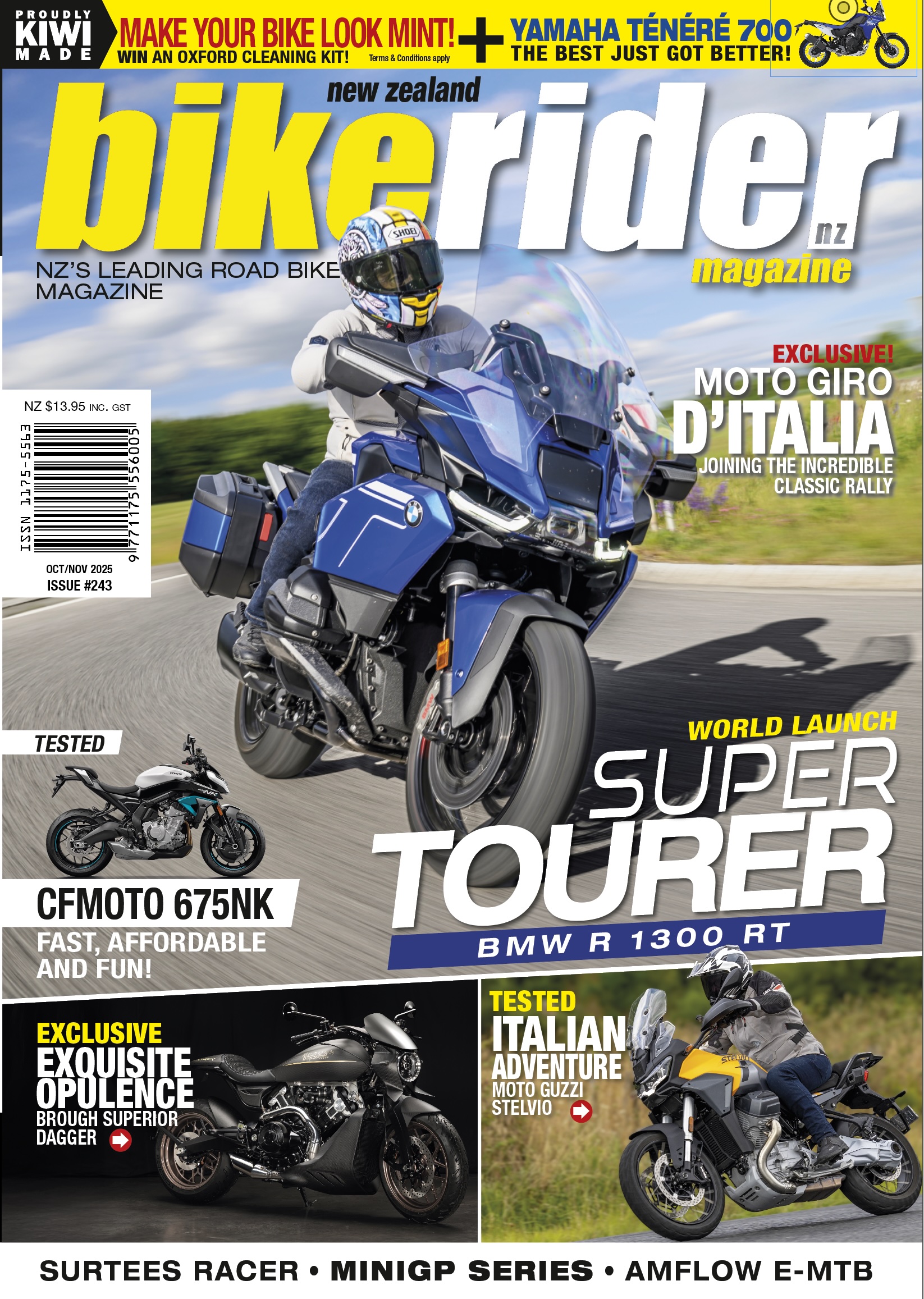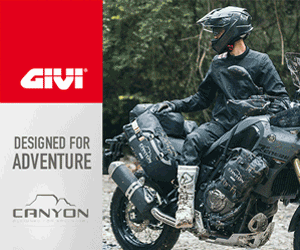- Updated Yamaha Tracer 7 will arrive early 2026 although NZ won’t be getting the GT model.
- Updated 689cc CP2 engine with Y-CCT ride-by-wire, smooth throttle, and 73hp/68Nm output.
- Refined chassis and suspension, Michelin Pilot Road tyres, 18L tank, and comfortable ergonomics for daily riding and longer trips.
Yamaha’s middleweight sport-tourer is getting a refresh, but New Zealand riders will only be getting the standard Tracer 7 when it arrives in early 2026 – the Tracer 7 GT, with its extra touring equipment, won’t be offered here. Fortunately, the base Tracer 7 has received the same key updates making it an even more versatile, capable, and highly appealing all-rounder.
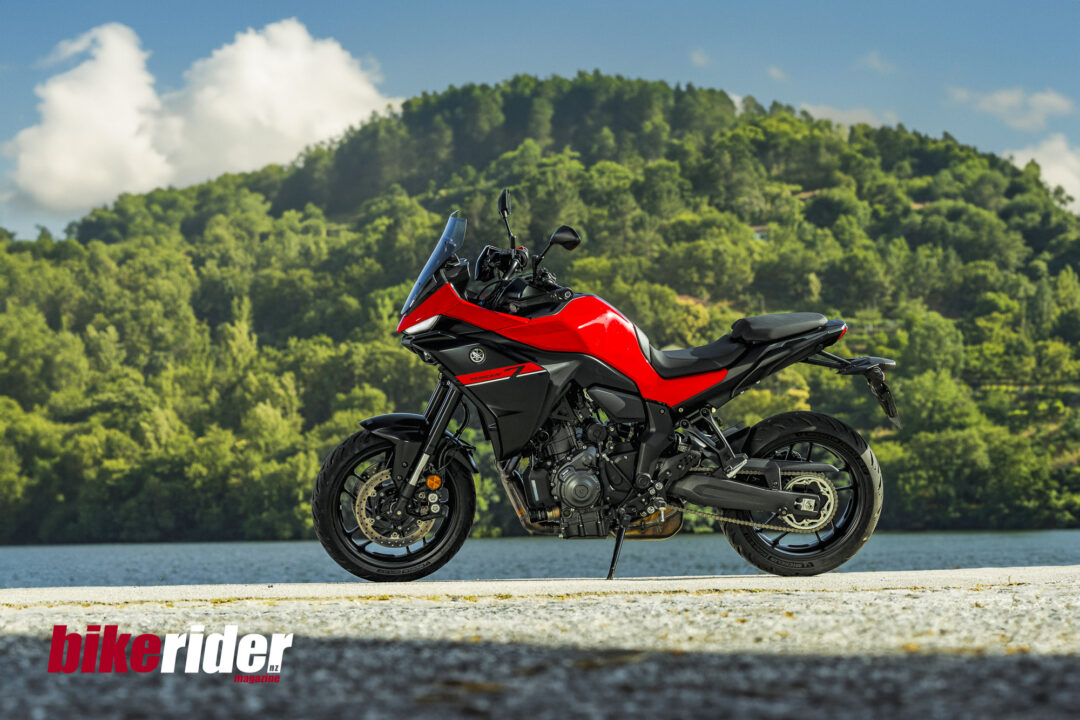
In a perfect world, we’d all have a garage packed with bikes for every occasion: a sports bike for the track, an adventure machine for the odd off-road foray, something cool and retro for summer evenings, a big scooter for commuting, and a tourer for that week-long escape.
The reality is very different. If we’re lucky, we might own two bikes. For most riders, though, just one machine has to do it all – and that bike needs to be versatile, practical, and affordable. That’s where Yamaha’s updated 2025 Tracer 7 comes in. Globally, Yamaha has released two versions of its middleweight sport-tourer – the Tracer 7 and the Tracer 7 GT – but only the Tracer 7 will be offered here in New Zealand.
Built around the ever-popular MT-07, the Tracer takes the fun, lightweight character of its naked sibling – agile in traffic, lively when pushed – and layers on more comfort and practicality. Priced under £9k in the UK (that converts to just under $21k but NZ pricing won’t be announced until closer to models arriving), it promises excellent value for money, particularly as it’s designed to be ridden year-round, not just wheeled out as a summer toy.
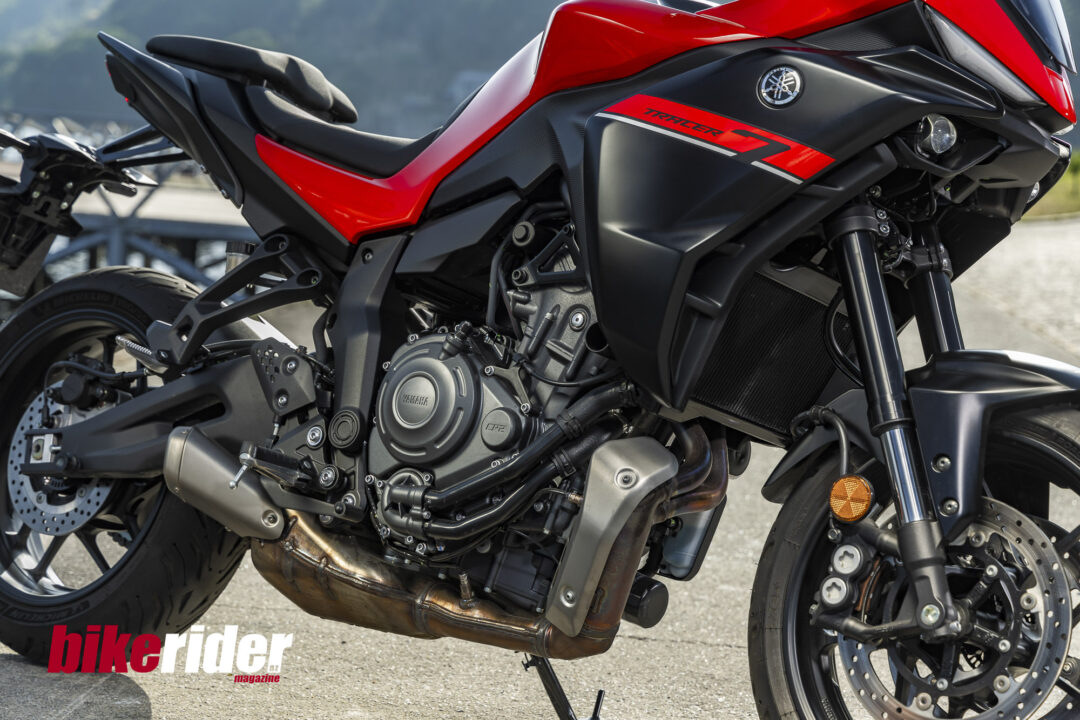
At the heart of the bike is the familiar 689cc CP2 parallel twin with its 270-degree crank, delivering 73hp with refinements for 2025. Yamaha has added Y-CCT ride-by-wire throttle, unlocking three riding modes – Sport, Street, and Custom – alongside smoother fuelling and a more linear power delivery. Cruise control and traction control are now standard.
The chassis has seen significant upgrades too: new 41mm KYB inverted forks with rebound and preload adjustment, a swingarm stretched by 40mm, and a strengthened main frame. Braking is now handled by radially mounted calipers. Weight has crept up slightly, with the Tracer now sitting at 203kg (+5kg over the outgoing model).
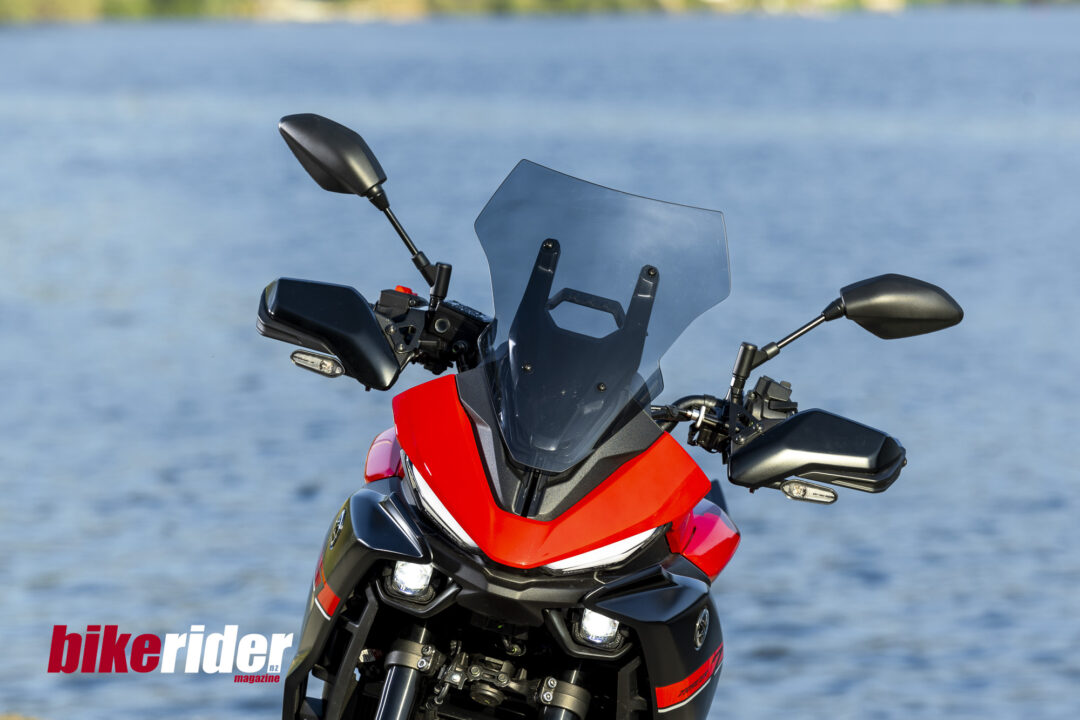
Styling is all new, with sharper bodywork, dual Bi-focus LED headlights, a redesigned rear light, and indicators neatly integrated into the knuckle guards. Developed in Italy with Yamaha Japan and built in France, the Tracer carries a distinctly European flavour.
Practical tweaks continue: the fuel tank is now 18 litres, bars are taller and wider, and a fresh 5-inch TFT display sits in front of the rider. A reshaped, better-padded seat (830mm) completes the package. It’s clear Yamaha has sweated the details here, and that’s why a full day riding the new Tracer 7 on Portuguese roads was so highly anticipated.
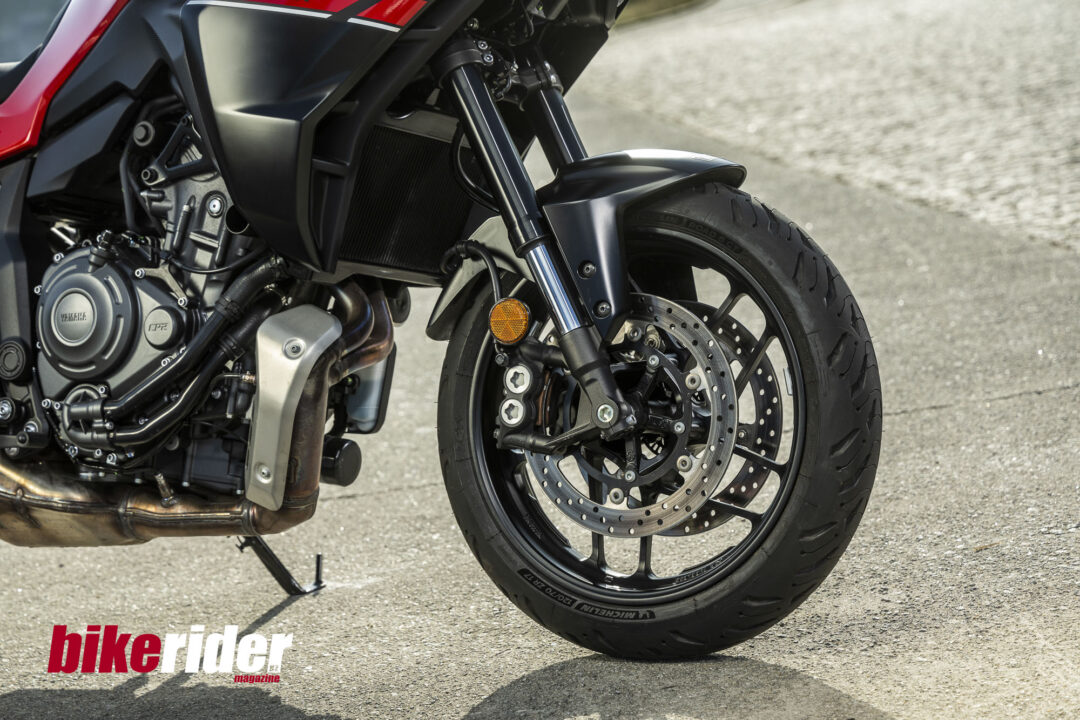
The Ride
We’ve always been a fan of Yamaha’s CP2 twin, whether it’s in the R7, Tracer or MT-07. It’s punchy, fluid and powerful, and although the on-paper figures aren’t that impressive, it feels stronger than its quoted 73hp peak. For 2025 Yamaha has added Y-CCT ride-by-wire, first seen on the R6 nearly 20 years ago, and as you’d expect, it’s spot on. The throttle response is immaculately smooth and easy in the lower rpm, especially in the dedicated Street mode. So smooth, in fact, that it feels more like a multi than a twin.
Although peak power and torque remain the same as the previous model, the spread of torque feels wider. The CP2 seems even more eager from 3000rpm to 6000rpm. It’s lively and grunty, punching well above its 689cc capacity. Switch off the traction control and it will happily loft the front despite the extra weight and longer wheelbase. Add a pleasing rasp from the Euro5-plus exhaust and it’s easy to see why the CP2 has so many fans.
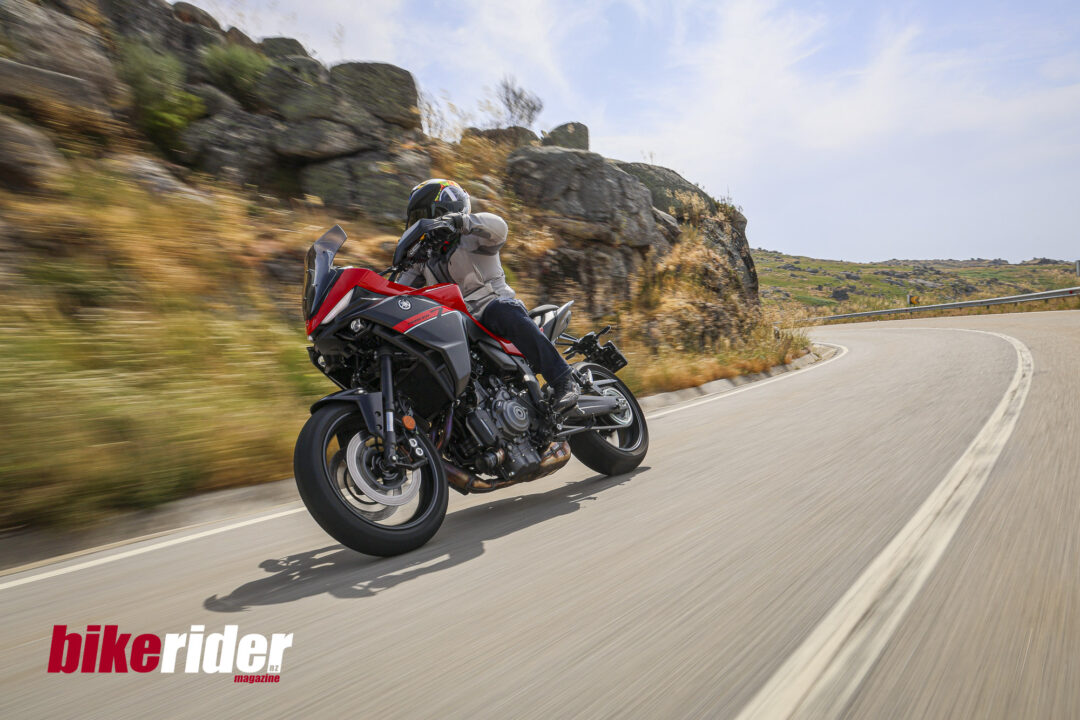
Handling has in the past been a relative weak point of Yamaha’s ‘entry-level’ street bikes, and after listening to the technical presentation on the eve of the press test, I found myself questioning Yamaha’s chassis updates: a longer wheelbase, more rigidity in the frame, beefed-up forks, a fraction more weight… More rigidity usually means a reduction in feel, and a longer wheelbase usually results in slower steering.
But thankfully I was wrong. Yamaha has produced a plucky, easy-handling Tracer equipped with quality Michelin Pilot Road GT rubber. Despite opting for racier, stronger inverted forks from KYB, they are still relatively straightforward, with just preload and rebound damping adjustment. It’s the same on the rear.
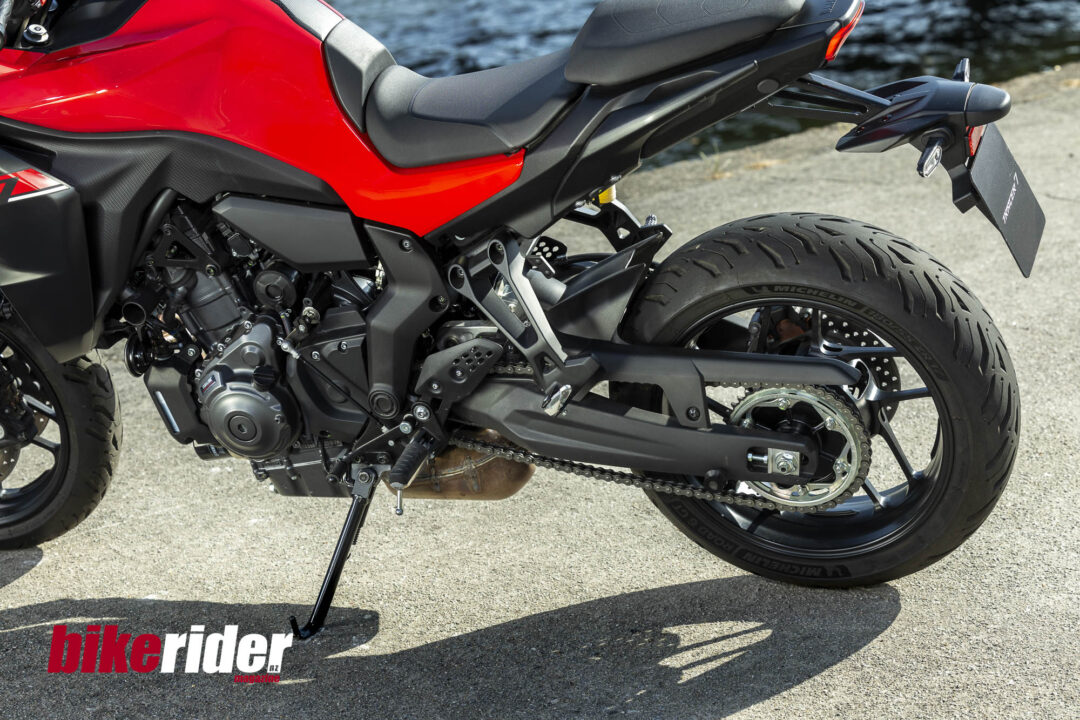
There is a sweet, natural balance to the Tracer, which makes it feel like your bike from the off. In tricky early morning conditions, I was getting excellent feedback from a damp surface and was able to trust the Michelin rubber. The taller bars and wider stance allow you to lever the 200kg-plus Tracer around with relative ease, which in turn makes it enjoyable to ride.
Later in the afternoon, on an almost deserted dry section of switchback mountain roads, I upped the pace, expecting to soon hit the limitations of the handling, but I didn’t. The pegs will tickle the road from time to time, but you really have to push to reach that point. Even carrying decent lean angle at pace, the Tracer is planted and stable, offering excellent feedback for this type of bike. Sure, there are limitations, but they’d only be felt on a racetrack. On the road the standard setup, despite being set more to comfort than sport, is hard to fault. Yamaha has certainly not saved on suspension – which, a few years ago, could have been considered a weak link.
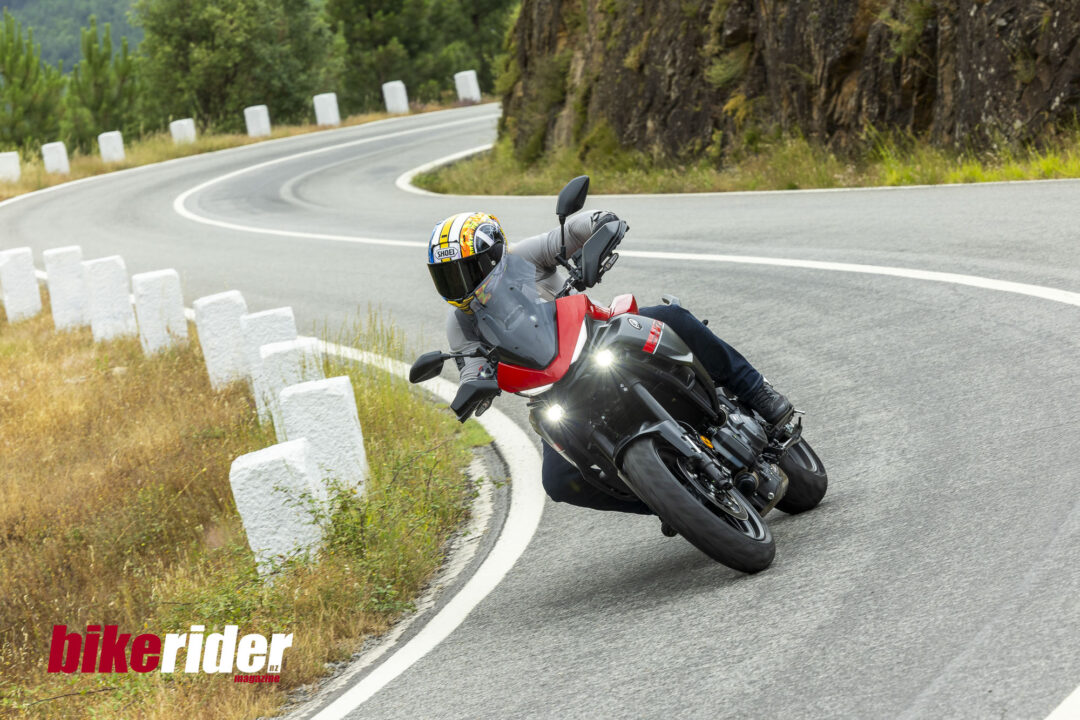
The brakes have certainly taken a step forward and are now radially mounted and bolted to stiffer inverted 41mm forks. At everyday speeds, you only need one finger on the lever. When the pace hots up, you need a little more leverage, but the four-piston calipers are more than capable. Even when pushed, the stoppers are faultless for this type of bike.
The ABS is not lean sensitive as there is no IMU fitted to the 2025 Yamaha. You can’t change the ABS level and there is no engine braking strategy, but in dry and perfect conditions in Portugal this wasn’t a problem – the rear ABS only kicked in a few times when pushed hard. But would I want lean-sensitive ABS in winter when it’s cold and horrible? Maybe so.
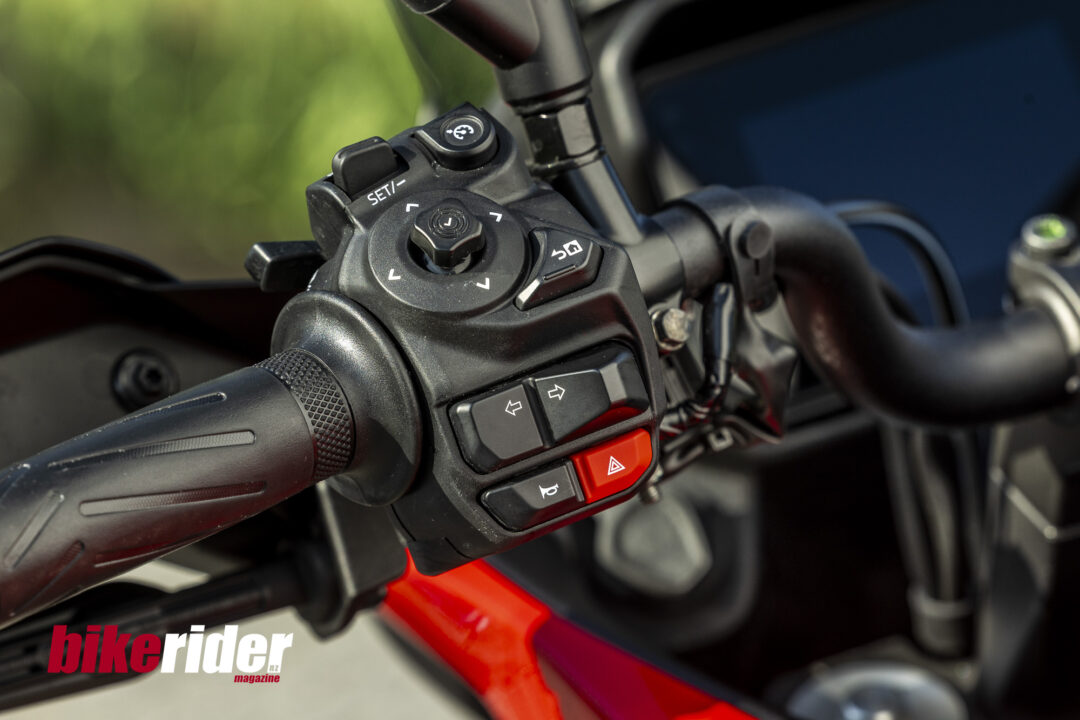
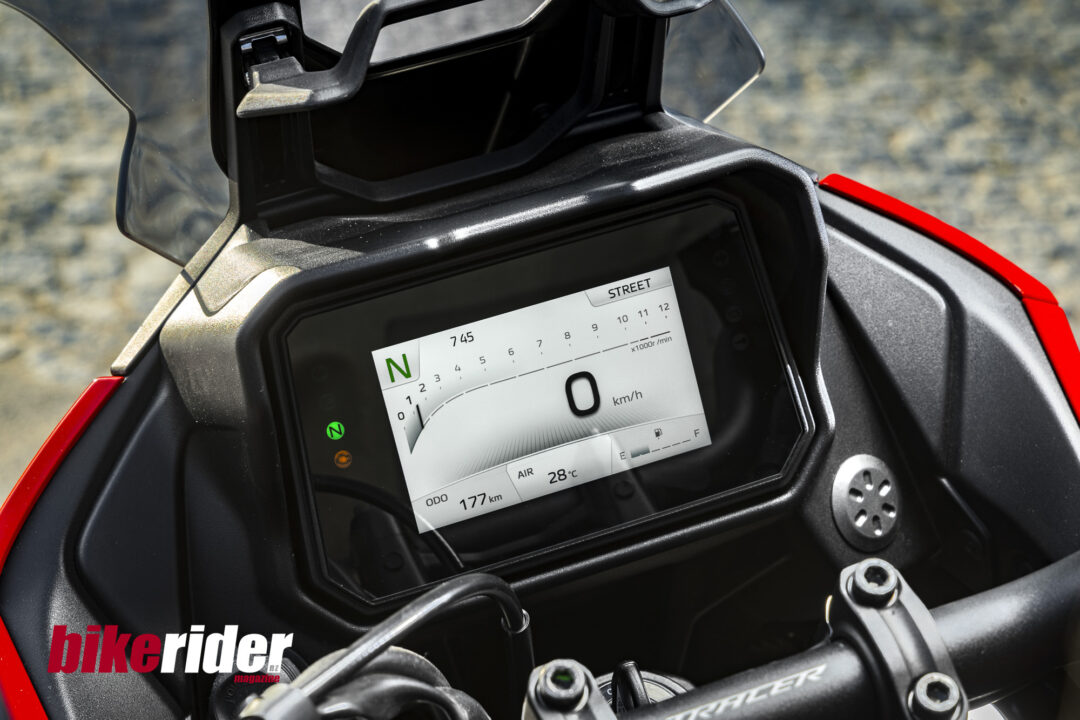
Traction control can be changed on the move and deactivated at a standstill. Riding and power modes can also be changed, but I’d argue there’s no reason to move away from the standard Street mode. There’s a neat little USB Type C charger up front, and the 5-inch TFT dash has connectivity and four themes to play around with. The display is easy to read, relatively simple, and we even tried the connectivity and navigation, which again is straightforward. I’m undecided about the new switchgear, which we also see on similar Yamaha models. The 5-way joystick is easy enough but less so the auto-cancel and ‘tap’ indicator.
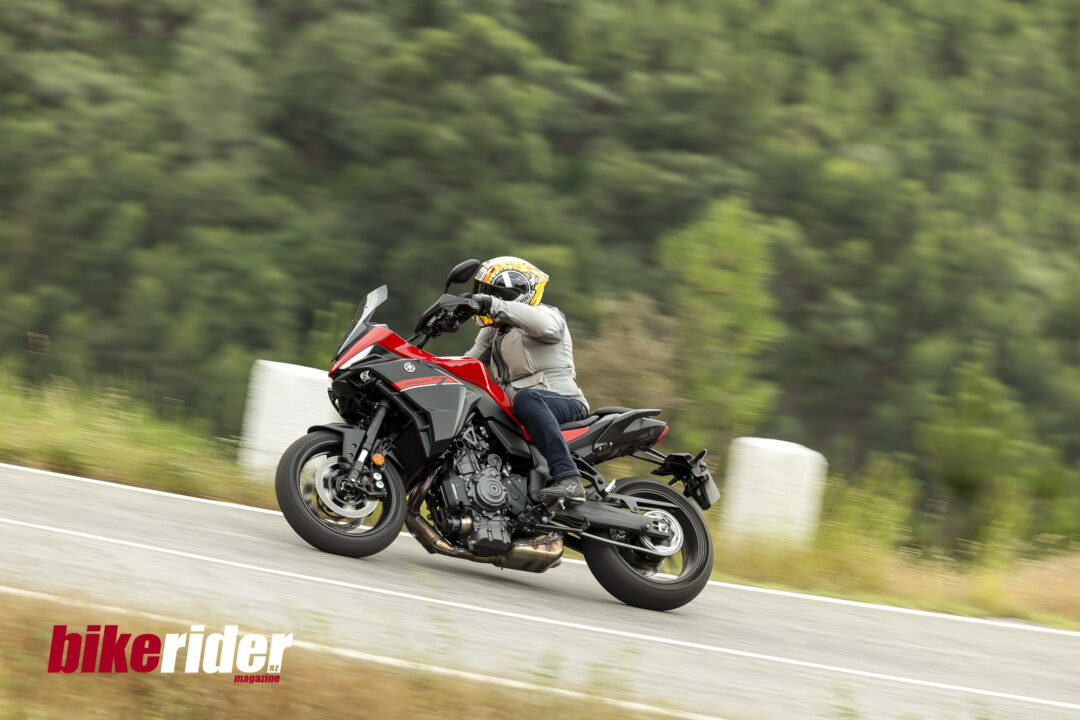
We also had the opportunity to put in a few motorway miles during which the standard cruise control came in handy (there’s no radar, but you wouldn’t expect it at this price point). The manually adjustable screen works well, and while the screen, hand guards and riding ergonomics are good, wind noise is still noticeable at speed. The seat is comfortable for long stints, and while we didn’t get to fully test its pillion potential, it looks better suited for longer rides than before.
Easily missed but most welcome is the new ‘ergonomic’ fuel tank, which jumps up from 17 litres to 18 litres. Yamaha quotes 4.1l /100km, which is incredibly frugal. That equates to a theoretical range of 430km until bone dry. In the real world, 360 to 400 kilometres between stops is achievable, making three- to four-hour stints more than possible. For short, regular commuting you might only need to fill the Tracer once a week.
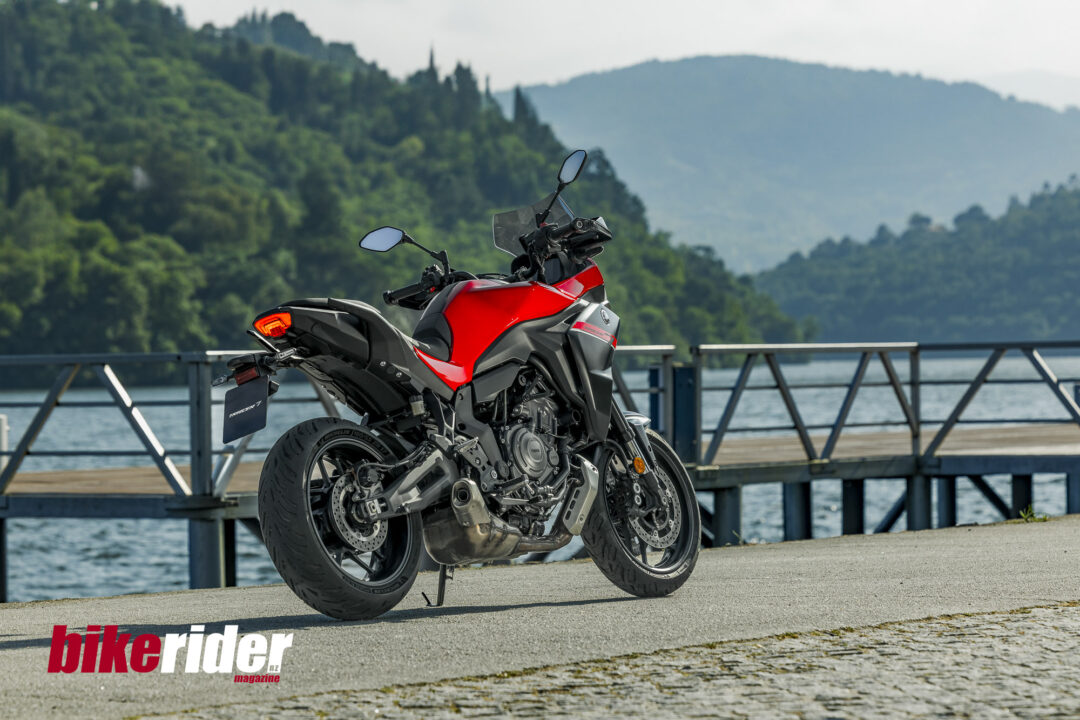
Verdict
I’m still on the fence regarding the new facelift. From some angles, particularly the front, it’s a yes – but the indicators I could take or leave. Should the rider aids be lean sensitive? Should a quickshifter be standard on a bike nudging what could be the $20k mark? Maybe. But when the only real niggle I have is the indicator stalk, then you know Yamaha has done a good job improving an already good Tracer 7.
The Tracer is an excellent do-it-all bike. If you need a machine that is great at almost everything – commuting, comfort, easy riding, frugality, low running costs, yet also capable of fun evening blasts – then look no further. It’s way more entertaining than its on-paper power figures suggest, and offers more practicality than its naked sibling, the MT-07.
For New Zealand riders, the story is simple: the GT may not be coming, but the standard Tracer 7 has been sharpened into a genuinely versatile sport-tourer that feels more grown-up, more capable, and better finished than ever. For riders who want one bike to do it all, it’s a compelling choice.
FINALLY, if you’re in the market for a versatile middleweight but don’t need the latest updates, then the current Tracer 7 is on run-out special at $14,849 Ride Away. So check with your local Yamaha dealer if you’re in the market for a great bike at a seriously low price.
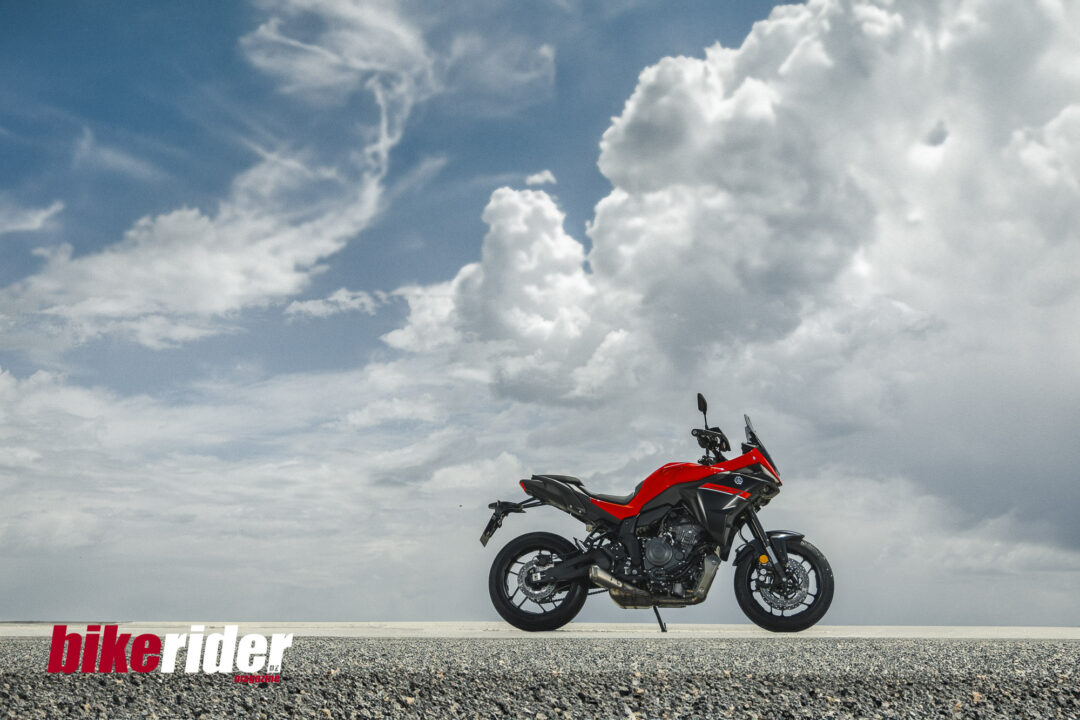
Gallery Yamaha Tracer 7
Specifications Yamaha Tracer 7
ENGINE
Capacity 689cc
Type Liquid-cooled, 4v per cylinder four-stroke, Parallel Twin
Bore x stroke 80 x 68.6
Compression ratio 11.5:1
Electronic Fuel injected Ride-by-Wire
Transmission Six-speed
Clutch Wet; Multiple Disc
Power 73.4hp @ 8,750rpm (claimed)
Torque 68Nm @ 6,500 rpm (claimed)
Fuel consumption 4.1l/100km
ELECTRONICS
Type YCC-T (Yamaha Chip Controlled Throttle)
Rider aids Three rider modes, three power maps, traction control, ABS
Rider Modes Sport, Street, Custom
Frame Dimond steel tube backbone
Rake 25.2
Trail 99.1mm
Wheelbase 1495mm
SUSPENSION
Type KYB
Front 41mm, USD, preload and rebound,130mm travel
Rear Single rear shock, rebound and preload (remote GT) 139mm travel
Tyres Michelin Pilot Road 6 GT
Front 120/70/x17
Rear 180/55/17
Brakes ABS
Front 2 x 298mm discs, four piston radial calipers
Rear 245mm disc, single-piston caliper
DIMENSIONS
Weight 203kg
Seat height 830-850mm
Width 875mm
Height 1330-1390mm
Length 2135mm
Ground clearance 140mm
Fuel capacity 18l
Warranty 3 years
Colour options Midnight Black, Redline Red, (GT Icon Performance, Tech Black
Contact www.yamaha-motor.co.nz

